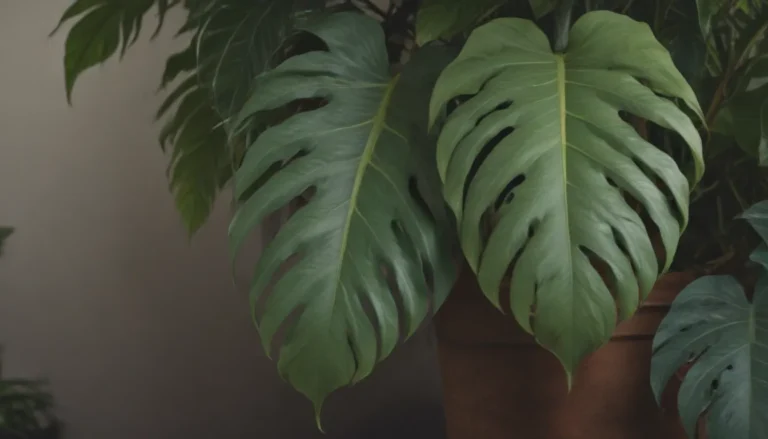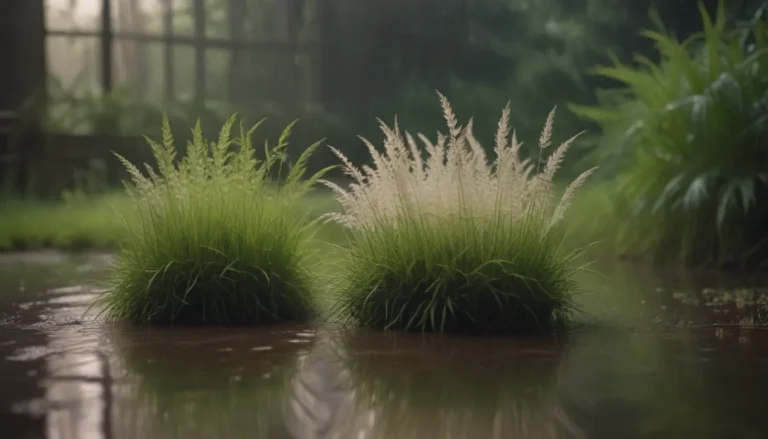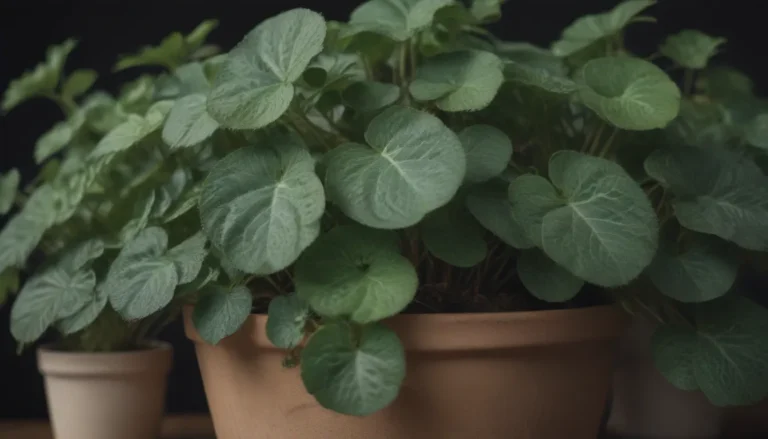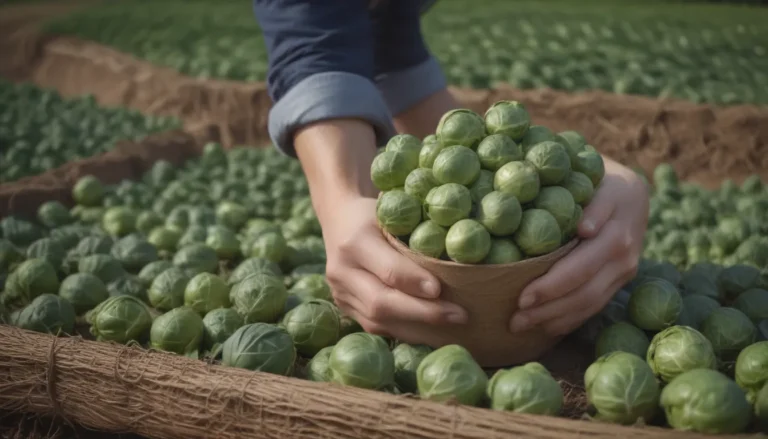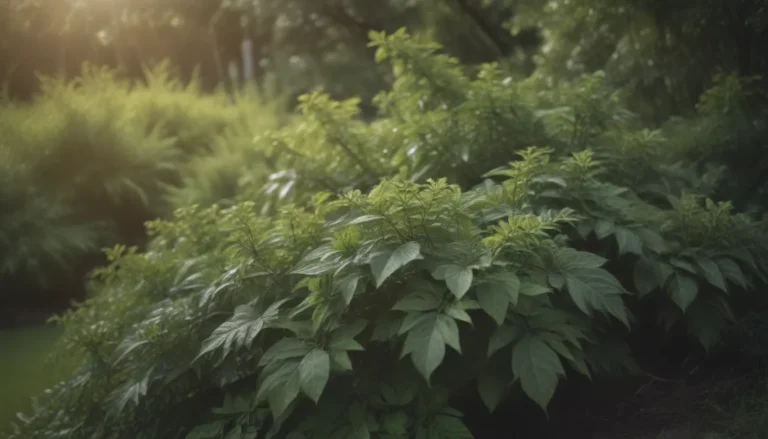How to Grow and Care for Solomon’s Seal: A Comprehensive Guide
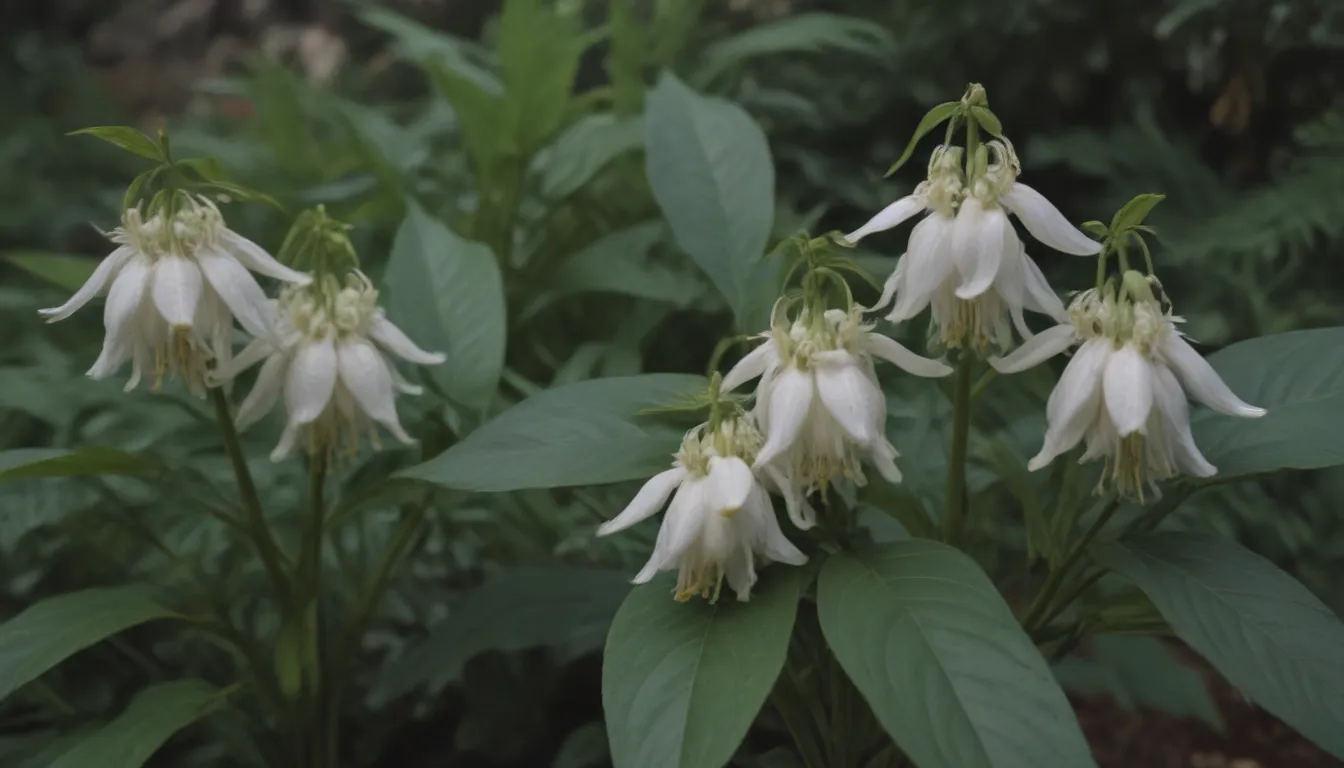
Are you looking to add a touch of elegance to your shade garden or woodland setting? Look no further than Solomon’s seal (Polygonatum). These perennial plants are not only charming with their small, tubular flowers in white, green, or pink, but they also feature slender arching stems and long lance-shaped leaves that can transform any space into a tranquil oasis.
In this comprehensive guide, we will explore everything you need to know about growing and caring for Solomon’s seal plants. From planting tips to propagation methods, we’ve got you covered. So, grab your gardening tools and let’s dive in!
Getting to Know Solomon’s Seal
Solomon’s seal plants are native to woodland areas across several continents, including North America. These plants typically grow one to two feet tall, but there are variations like the giant Solomon’s seal that can reach up to five feet in height, making a bold statement in any garden.
- Features of Solomon’s Seal:
- Slender arching stems
- Long lance-shaped leaves
- Small tubular flowers in white, green, or pink
- Blackish berries post-flowering, enjoyed by birds
- Foliage turns golden yellow in autumn
Planting Solomon’s Seal
When it comes to planting Solomon’s seal, there are a few key factors to keep in mind to ensure your plants thrive:
Light
Solomon’s seal plants prefer partial to full shade, mimicking their natural habitat under large shade trees. While they can tolerate more sun in cooler climates, providing them with dappled light is ideal for optimal growth.
Soil
These plants thrive in cool, organic-rich soil with good drainage. Aim for a slightly acidic to neutral soil pH (5.0 to 7.0) and consider adding compost annually to enhance soil richness. Letting leaf litter decompose around the plants creates a humusy environment they love.
Water
Solomon’s seal plants prefer soil that is consistently moist but not waterlogged. Keep young plants well-watered to establish roots, and ensure that the soil remains damp for established plants. While they can tolerate short drought periods, it’s best to maintain even moisture levels.
Temperature and Humidity
Solomon’s seal plants are hardy in USDA zones 3 to 9, preferring cool, shady environments with some humidity. In hot, dry climates, ensure they have ample moisture, shade, and protection from hot winds. Adding a layer of mulch around the plants can help keep their roots cool and moist.
Fertilizer
Due to their affinity for organic matter, mix compost into the soil during planting and add organic fertilizer annually at the start of the growing season. As these plants don’t require artificial feeding, a nutrient-rich soil is key to their success.
Types of Solomon’s Seal
With over 60 species in thePolygonatumgenus, several varieties are popular in garden settings. Some common types include:
- P. odoratumvar.pluriflorum ‘Variegatum’
- P. biflorum
- P. humile
- Polygonatum ‘Prince Charming’
- P. multiflorum
- P. odoratum thunbergi
Propagating and Growing Solomon’s Seal
If you’re looking to expand your Solomon’s seal collection, propagation is a straightforward process that yields rewarding results:
Propagation from Rhizomes
Dividing the rhizomatous roots of Solomon’s seal is an easy way to propagate new plants. Simply dig up the parent plant, slice off portions along the rhizome, and replant them as desired. While division is not necessary for plant health, it’s a great way to control spread or create new plants.
Growing from Seed
While propagating from seeds can be challenging and time-consuming, it’s possible for species where live plants are unavailable. Cold stratify the seeds in the refrigerator for a month, then sow them in trays to sprout. Transplant seedlings outdoors once they develop true leaves, and be patient as they reach blooming maturity in a few years.
Common Pests and Diseases
Healthy Solomon’s seal plants are relatively problem-free, but they can face issues such as fungal diseases or nematodes in extremely damp conditions. Good air circulation, prompt removal of affected parts, and vigilant monitoring for pests like slugs can help maintain plant health.
Common Problems and Solutions
While generally low-maintenance, Solomon’s seal may exhibit browning leaves in extreme heat or sun exposure. Adequate watering and shade can mitigate these issues. Remember to be patient with flowering, as newly propagated plants may take time to establish and bloom.
Cultivating Solomon’s Seal: A Timeless Choice
In conclusion, Solomon’s seal plants are a timeless choice for shady gardens and woodland settings. With their architectural appeal and easy care requirements, they add a touch of elegance to any landscape. Whether you allow them to spread naturally or control their growth, these plants are a versatile addition to your outdoor space.
So, next time you’re looking to enhance your garden with a touch of sophistication, consider adding Solomon’s seal plants. Their graceful stems, delicate flowers, and vibrant foliage will surely make them a favorite in your garden for years to come.
Remember, gardening is a labor of love, and with a little care and attention, your Solomon’s seal plants will flourish and bring joy to your outdoor sanctuary. Happy planting!
References:
- North Carolina State Extension. Plants Poisonous to Your Pets.
- Deerfield Veterinary Clinic. Solomon’s Seal.
- University of Vermont Department of Plant and Soil Science.
- Missouri Botanical Garden. Polygonatum ‘Prince Charming’.
- Richard Bird. The Propagation of Hardy Perennials. Batsford Ltd. Publishing, 1994.
- Clemson Cooperative Extension. Solomon’s Seals.
- Wisconsin Horticulture Division of Extension.
